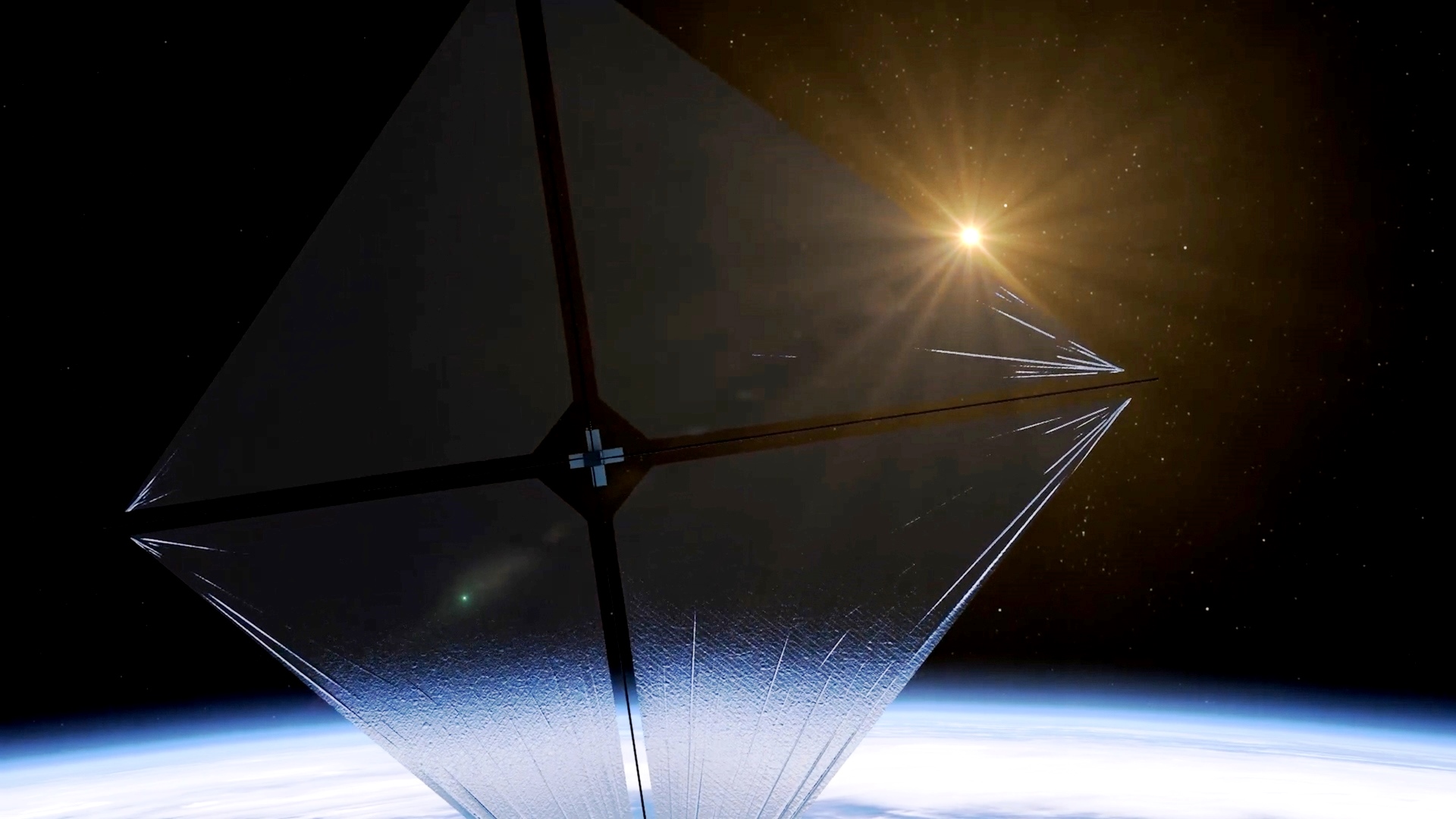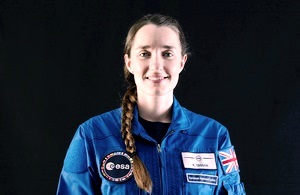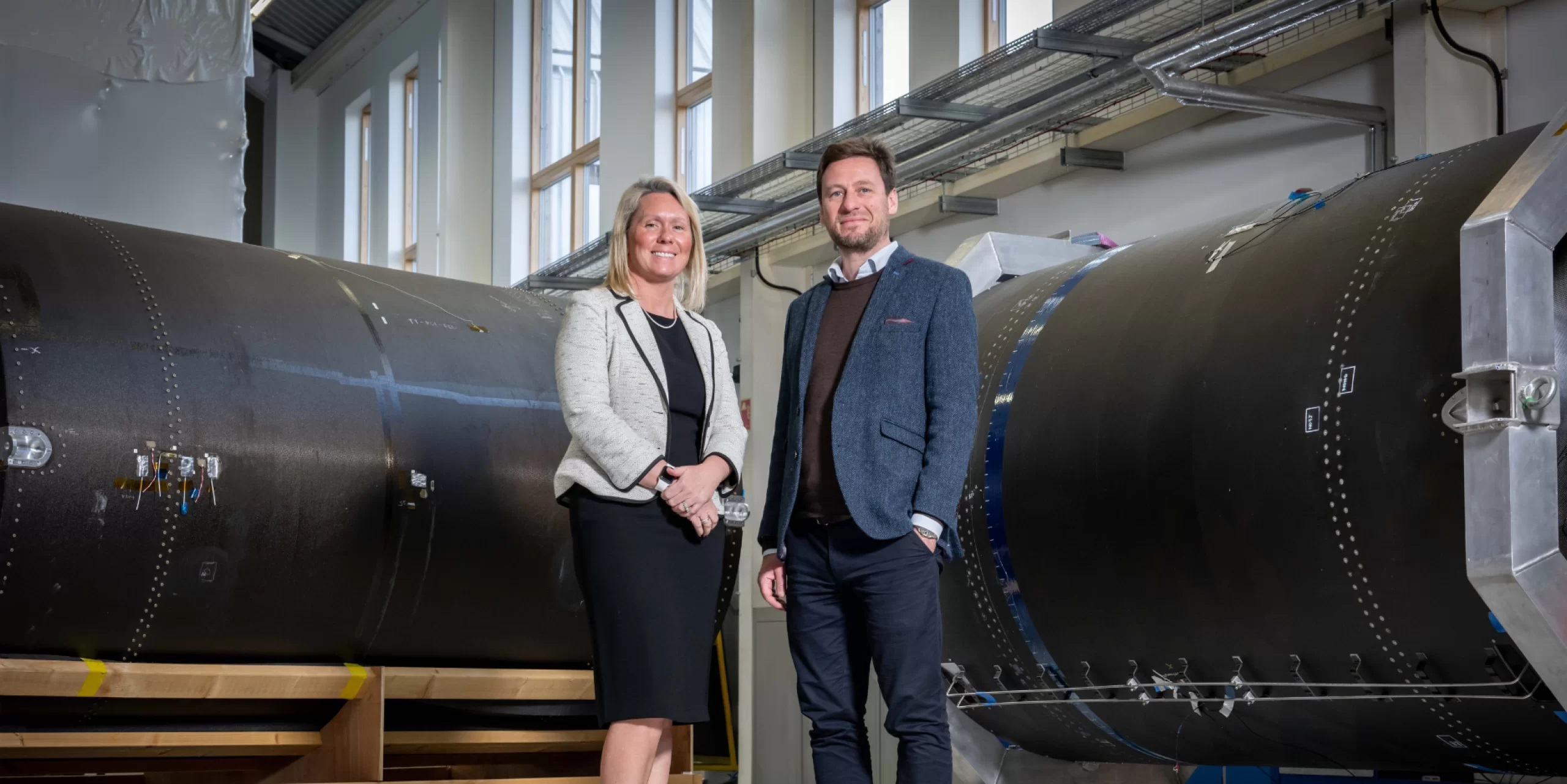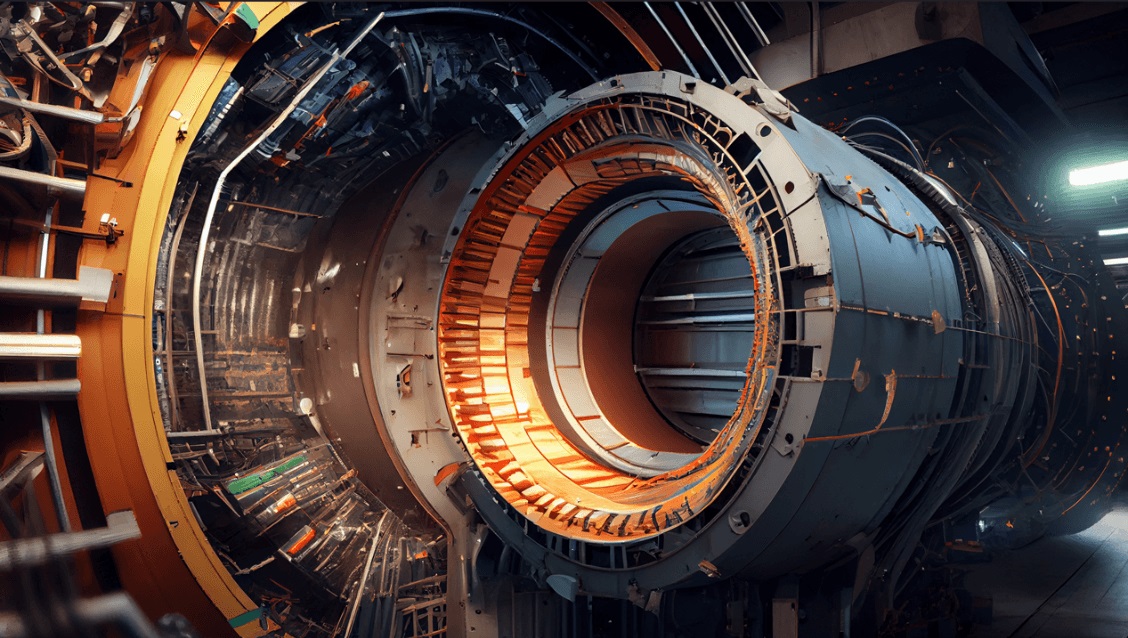Leicester Uni receives first glass plates for discovery of new black holes

Above:
The hand-over at the University of Leicester of the Micro-Pore Optic plates for the first version of the X-ray telescope for the SVOM gamma-ray burst satellite. Left to right: Romain Roudout (Photonis SAS, France), Olivier Simonella (CNES, France), Jean-Michel le Duigou (CNES, France), Dr Jim Pearson (University of Leicester).
Credit: J Osborne, University of Leicester
SVOM will be launched into orbit in 2021.
The mirror will become part of the X-ray telescope, which is essential in precisely locating these new discoveries.
On Wednesday 7 December there was a formal handover of the delicate and very expensive glass components that form part of this mirror by the French team to the University of Leicester, so that the University team can test them and make the first complete version of this mirror.

Above:
The Micro-Pore Optic plates in their transport container.
Credit: J Osborne, University of Leicester
Professor Julian Osborne, who is leading this work at Leicester, said: “X-rays cannot be reflected like normal light, only at very small angles, so X-ray mirrors have to be made to very high accuracy. Previously this has required very heavy mirrors, but the SVOM satellite cannot carry such a weight. We are making a new type of X-ray mirror, based on the eye of a lobster, which has microscopic square pores with reflecting interior surfaces. This new type of mirror has only a fraction of the weight of previous X-ray mirrors.
“Gamma-ray bursts are the most luminous explosions in the Universe, they are caused by the death of massive stars and by the collision of two dead neutron stars. Both types of explosion are thought to form a new black hole. The explosions are so bright that they can be seen even from the first few per cent of the age of the Universe. Such distant bursts allow us to study the evolution of the Universe, which is otherwise very difficult. Also, the recent discovery of bursts of gravitational waves gives hope that we will discover X-rays form the same colliding dead stars, this would tell us many new details of the make-up of these stars and the nature of the explosion.”
Dr Jim Pearson from the Department of Physics and Astronomy said: “We are very excited to be starting to build this new mirror. It will be the first lobster X-ray optic to be used in orbit. We have previously used Micro-Pore glass plates from Photonis in France for a different type of X-ray telescope to study the surface of the planet Mercury, so the SVOM X-ray telescope will be built using our earlier experience.”














